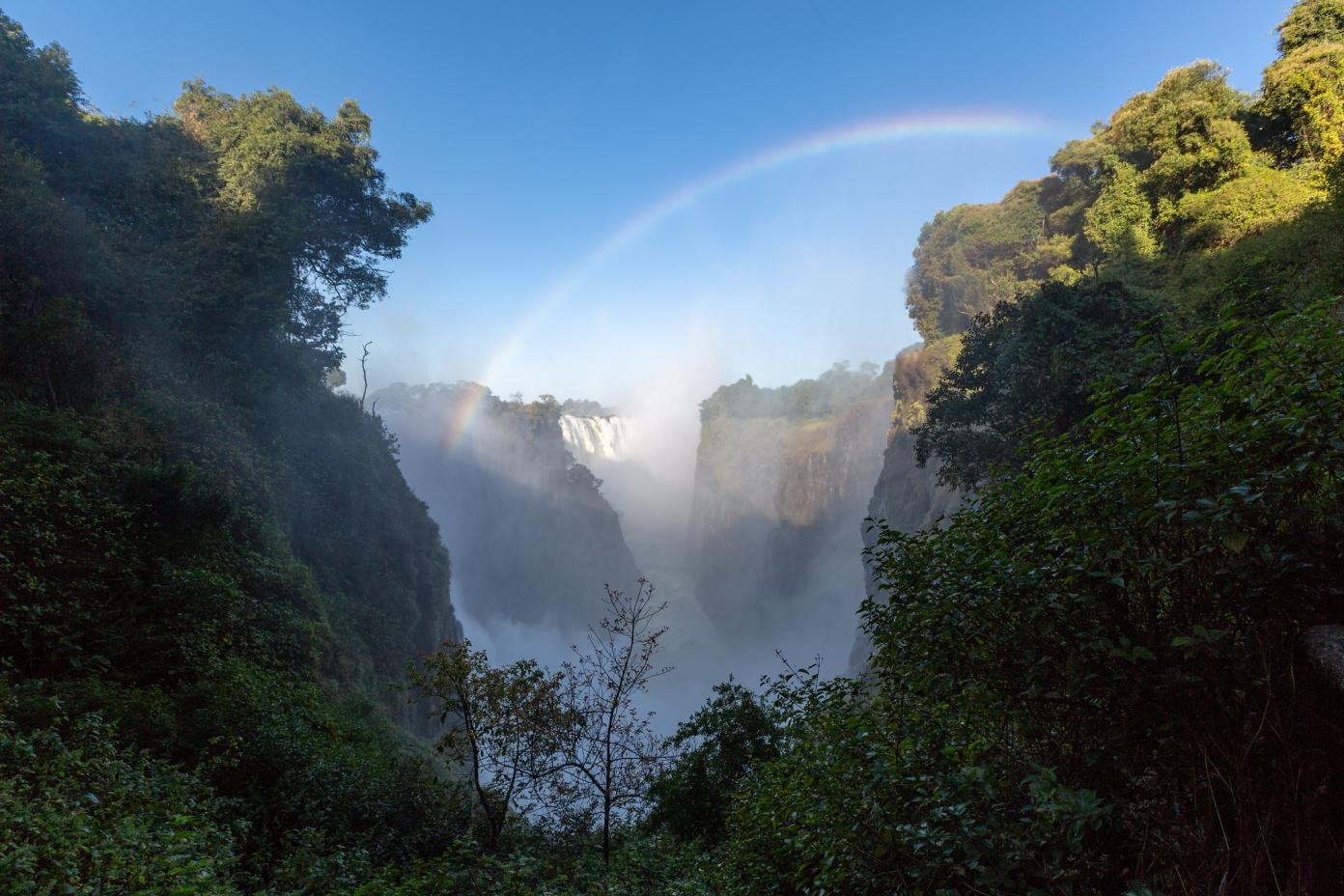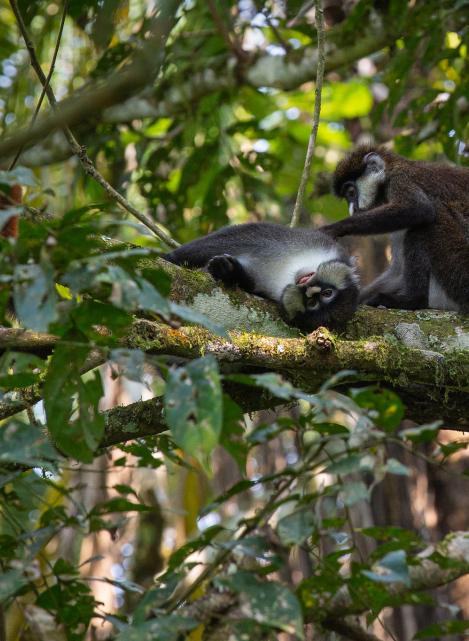New York – Improving ecosystem integrity is essential to ensuring human and planetary wellbeing. Parties to the Convention on Biological Diversity (CBD) are working to adopt a consistent and accurate method to define and measure ecosystem integrity. In the new paper recently published in Conservation Letters, “Towards monitoring forest ecosystem integrity within the Post-2020 biodiversity framework”, scientists and biodiversity experts from the United Nations Development Programme (UNDP) and eight other leading institutions share a pathway to fill this critical gap.
While ecological integrity often goes undefined, this new joint paper establishes a quantifiable definition for it, delineating ecological integrity as a measure of the structure, function and composition of an ecosystem compared to pre-industrial levels. Then, building from metrics, such as the Global Earth Observations Biodiversity Observation Network’s (GEO BON) Essential Biodiversity Variables, the authors recommend eight key indicators to evaluate ecological integrity, indexing vital markers such as deforestation, species habitat, biodiversity loss or ecosystem resilience. The paper demonstrates how advances in earth observations can be harnessed to track these metrics, providing a clearer picture of the earth’s valuable ecosystems and a way to measure progress towards our biodiversity goals.

 Locations
Locations
